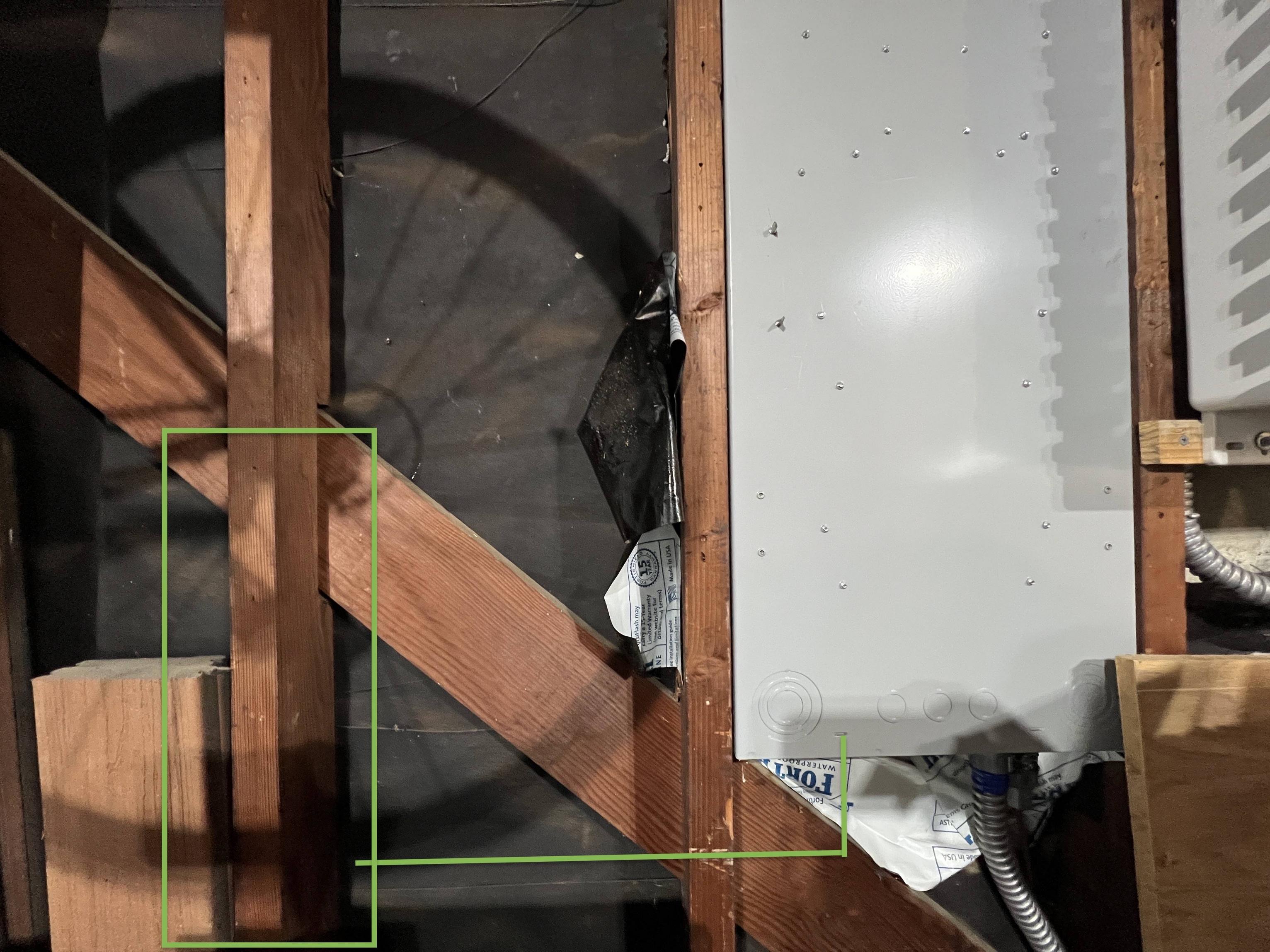My Siemens flush mount combo electrical panel is installed to the exterior of my garage. The garage isn't finished (open studs) and eventually I'd like to close it up with drywall (but not for this).
Can I safely run nm-b below 8' exposed perpendicularly between stud cavities in an unfinished garage? Presuming no, based on this article, given my scenario what would be the easiest/best way to achieve wiring for a short run EVSE?
I have a Tesla Wall Charger gen 3 that I'd like to install with a 60A breaker to support a maximum 48A sustained charge rate. I've gathered that this generally requires either 4/3 nm-b wire, 6/2 THHN in at least 3/4" conduit or 6/2 Metal Clad (MC) cable. If I wanted to run nm-b with exposed studs, I'd have to run it vertical along studs and only horizontal along the top plate (which would result in a long run - fine for 12/2 nm-b but expensive and a huge pain for 4/3).
The charger would be mounted to the stud, on top of a 1/2" section of plywood straddled between studs. I want to keep all of the electrical wiring within the stud cavity rather than coming in through the top or bottom of the wall charger.
Which means at least two 90 degree angles- one turning left from exiting the bottom of the breaker panel as drawn, and then another 90 to pivot from horizontal to projected outward (into the back of the wall charger). Could I use a pull elbow for the first 90 turn, and a 3/4 compression elbow for the connection to the wall charger (or for both)?
Open to practical suggestions and clarifications from a code perspective. I also considered drilling through the stud straight into the existing panel's side knockout but feel like I'd more than likely create more problems attempting something like that.
For reference, the existing MC cable from the panel connects to solar (to the right of the panel).








